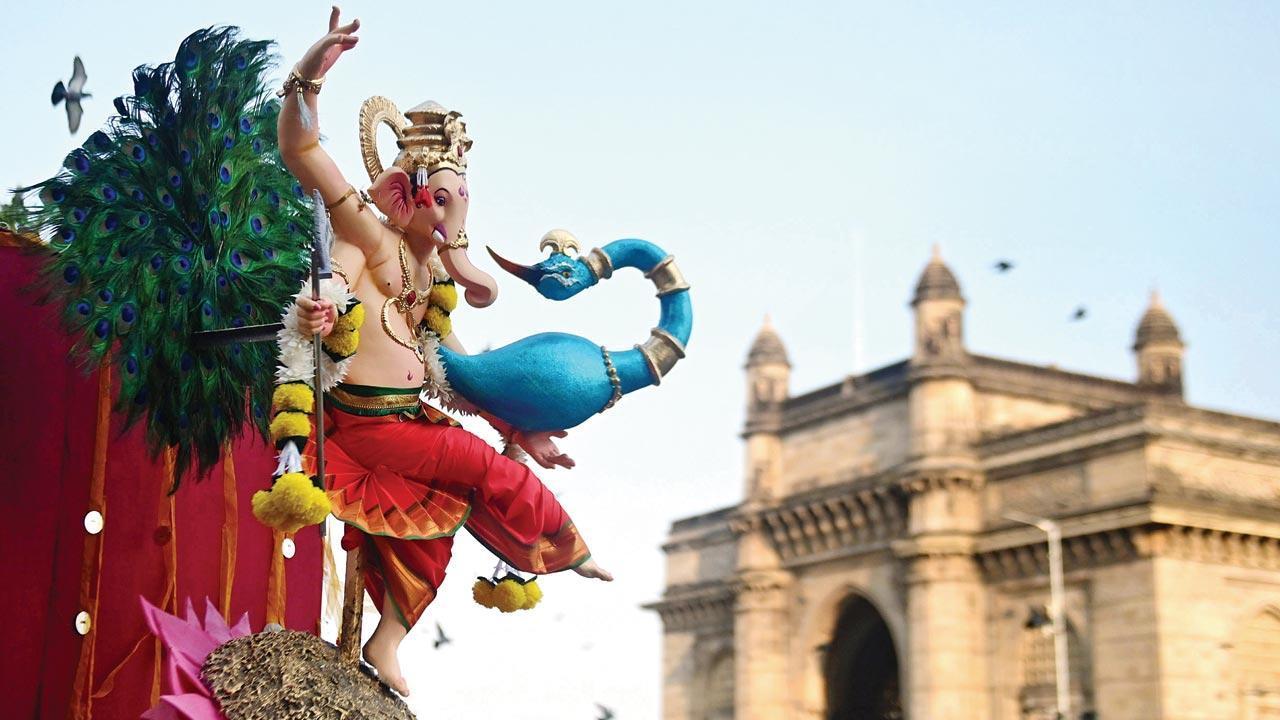Ganesh Chaturthi 2021: Five sustainable decor ideas for everyone
Updated On: 08 September, 2021 02:06 PM IST | Mumbai | Maitrai Agarwal
As Mumbaikars get ready to welcome Ganpati into their homes, design experts Pallavi Goel and Seme Nadvi share five simple decor hacks that will add charm to your pandal at home

Biodegradable statues, potted plants and jute drapes are among the experts` suggestions for eco-friendly home decor ahead of Ganesh Chaturthi. Photo: File pic/Bipin Kokate
Celebrated with much fervour by Mumbaikars, Ganesh Chaturthi is around the corner. While celebrations will be muted this year owing to restrictions, it is up to us to not let our festive spirit dampen. If you are welcoming Lord Ganesh but find yourself running out of eco-friendly decor ideas to spruce up your home, we have the perfect solution for you.
Mid-Day.com spoke to design experts, Pallavi Goel, studio director at Livspace and Seme Nadvi, franchise holder at Livspace to help you ace sustainable pandal decor at home in no time. “A few aspects to keep in mind are to use biodegradable statues, candles, and other eco-friendly materials. Illuminate your home with candles and diyas, which can be kept in small stands or candle holders to add an additional layer of sparkle to the decor,” says Pallavi Goel, studio director at Livspace.




